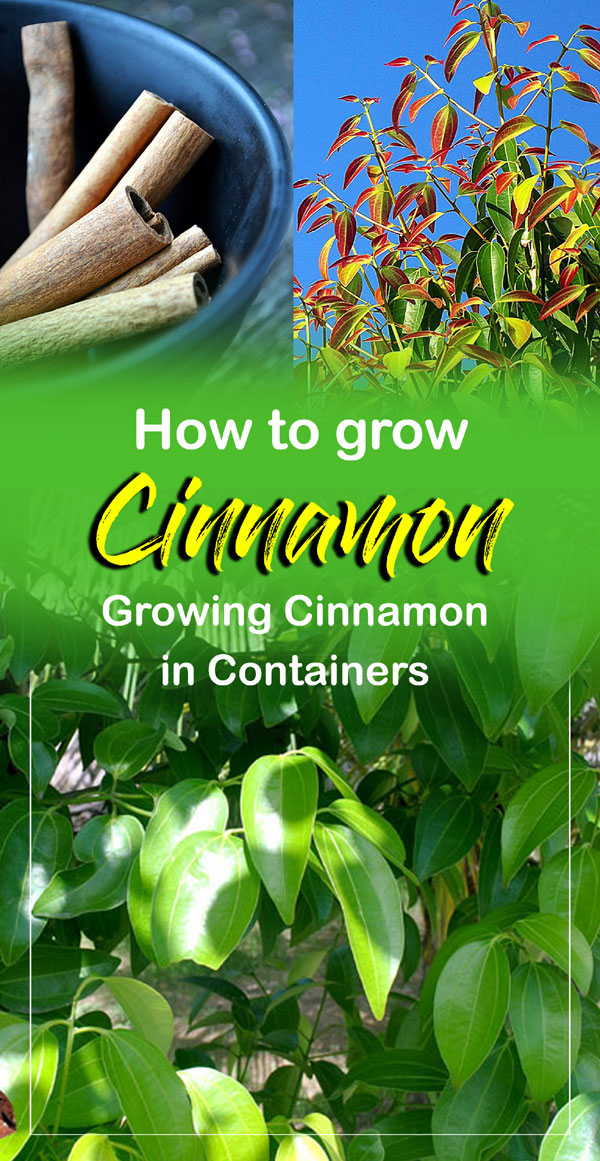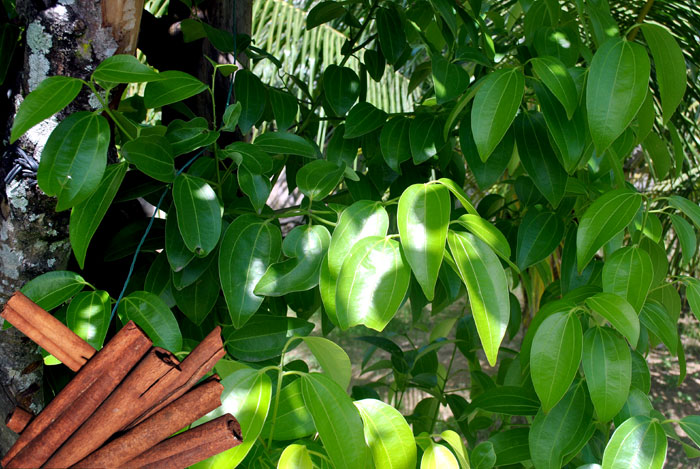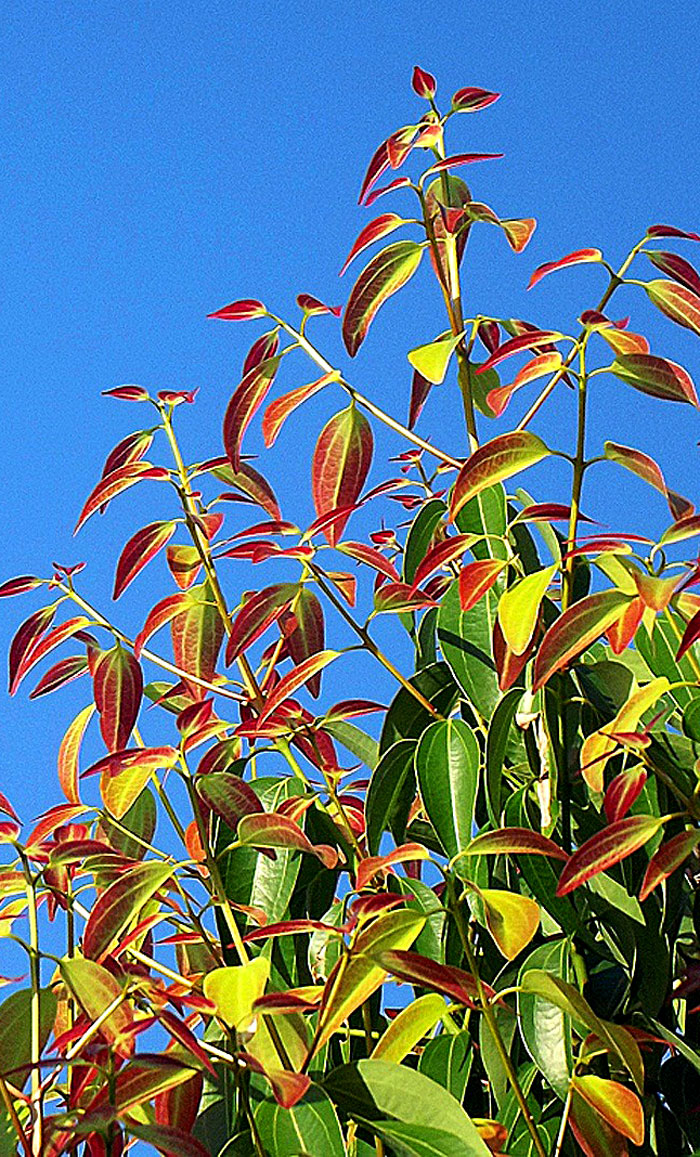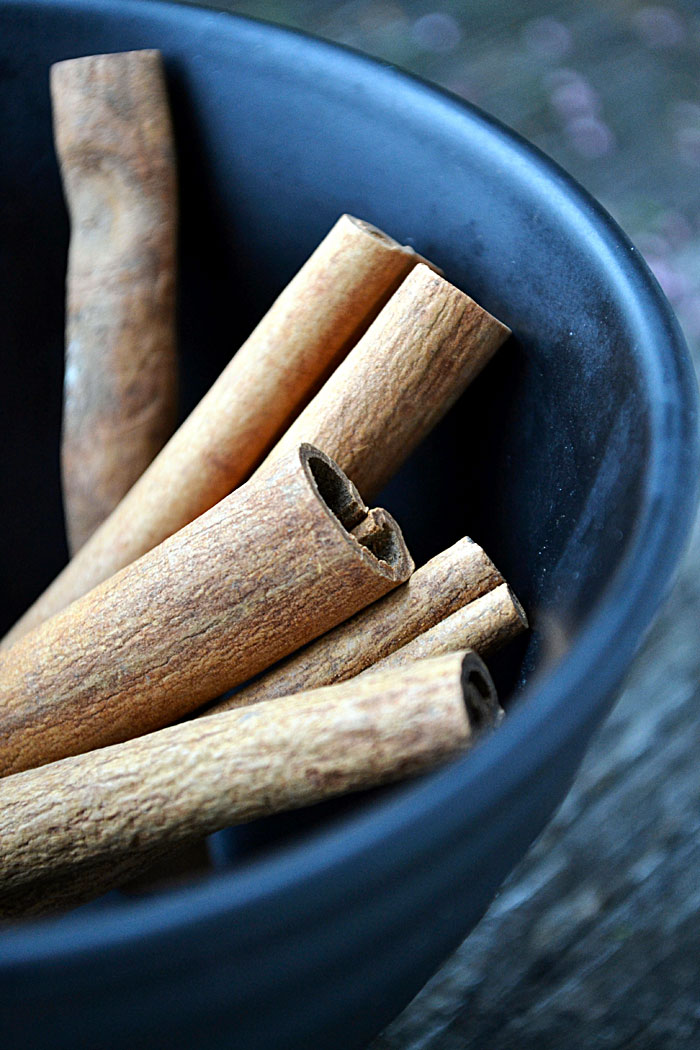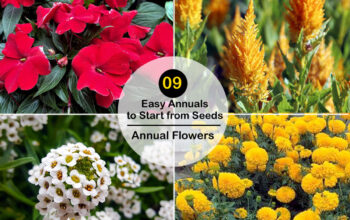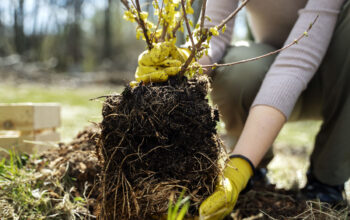Growing Cinnamon tree
Learn Growing Cinnamon in Containers, How to grow Cinnamon plant, pets, and disease, harvest, and care. The cinnamon tree has a dry bark, it is a useful culinary herb and is used in abundance in almost all kitchens. Cinnamon plants are tropical and easy to grow. If special care is taken, it thrives for many years. You can also grow it in a 14-inch pot in your kitchen garden and keep it limited to 3 feet by regular pruning. The cinnamon plant is a perennial evergreen, it grows very well in a tropical climate. It grows well in hardiness zone 9-11 of plants.
Overview of Cinnamon plant
Scientific name Cinnamomum spp.
Common name Ceylon cinnamon, Indonesian cinnamon, cassia
Plant type Spice plant
Sun requires Full sunlight or partial shade
Flower colors White
Soil Rich, sandy loam soil
Soil pH 6.2-7.2
Zone 9-11
How to grow Cinnamon
Soil and Location
Direct soil taken from the garden is not good for the cinnamon plant, as it may not have good drainage and may also contain harmful bacteria. These plants grow very well if you have a natural layer of leaf mold in your garden. If you put it in a pot, mix soil, sand and perlite and amendment the soil. You will need a lot of soil for planting outside, for planting trees you will need about 4 square feet area of soil.
About 1 feet square area needs to be filled for indoor trees. Ensure the pH of the soil you are using is between 4.5 and 5.5.
This plant usually requires full sunlight, if you live in a very hot and dry area then afternoon shade will benefit the plant.
Temperature
You can plant cinnamon tree indoors or outdoors. But this tree needs the presence of the full sun, if the temperature is below 20 ° C, it is good to plant it indoors. These plants grow well under warm temperatures and humidity. The temperature of 27 ° C develops the plant well.
Fertilizer
Apply a time-release fertilizer in spring and early fall, picking 8-3-9 or 10-10-10 fertilizers every week of spring. Apply it around the base of the cinnamon tree. You can also use organic fertilizer for your plants. Follow the necessary instructions before using fertilizer purchased from the market. In 2 -3 years, when the tree is mature, use more fertilizer.
Watering
Cinnamon plants get regular rain forests, so increase irrigation when the rains are less. Keep the soil moist, use a mulch to keep the soil moist. Check before giving water to the plant, top 1. Once dry, 5 inches give water again. Drink water once per week or sometimes regularly according to the dry environment and heat here. Its tree matures in about 3 years, then you only water it in the hot summer or more dry season.
Pruning
After about two years of the cinnamon plant, prune the main stems. Cut the stems with a sharp knife about 2.4 to 3 inches above the soil level. This allows the growth of new stems in the plant and the plant to spread outward. Full sunlight encourages strong growth of the plant, so too should cut off the main and supporting branches.
Propagation
Cinnamon plants can propagate from both stem cuttings and seeds. To grow seed, clean the pulp of the berries, and dry them, planting fresh seeds otherwise the seeds lose their viability. Seeds germinate in about 3 weeks. The use of cutting to make new plants is simple. Take a healthy cutting of about 10-12 inches long, remove the remaining leaves, leaving a pair of leaves on top. Now apply it in a pot filled with moist potting soil and keep it in hot and partial sunlight. You can also propagate it by air layering.
Planting outdoor
Bring a cinnamon tree from a nursery. You can also grow it by seed, dig about 2 times bigger than its root ball to grow it. Before planting, trim its roots slightly, this will establish the plant better. Mix organic material and dead leaves with soil in the hole. Put the roots of the tree in the hole and cover it lightly with soil. After planting the plant water it well, water it every day for about 2 weeks.
Planting time
It is well planted from spring to autumn, zone ९ is good for spring planting in the hardness zone, while the hardiness zone 10 is good from autumn to summer. In hardiness zone 11 you can plant from spring to autumn.
Growing Cinnamon in Containers
- Cinnamon plants grow easily in containers and are compact. This plant grows 3 to 8 feet tall in a container. The plant in the container will be safe during harsh cold days.
- To grow cinnamon plants, choose a container of 12- to 24-inch diameter and 20-inch depth.
- The cinnamon plant can be grown from nursery or seed. Fresh cinnamon seeds are also available to you online.
- To plant a tree in the container, first of all, check the drainage holes, if not, make it with the help of necessary tools. Cover the top with a piece of clay pots or screening.
- If you want to grow by seed, you can plant several seeds in 1 pot and then dilute it later. Keep holes 1 to 2 inches apart for seeds.
- Remove the nursery plant from the poly bag and loosen the root ball slowly. Set it in the pot and cover the hole with the surrounding soil and gently pat the soil.
- After planting the plant give enough water so that the soil remains moist. Water the plant until it flows from the surface. After this, there is no need to water the tree again. Let the soil surface dry in the pot before re-watering.
Harvesting Cinnamon
In about three years, the cinnamon plant is ready for harvest. Cinnamon is a dried bark from the plant; which is used in culinary. You can easily harvest it. New stems of the cinnamon plant are developed for harvesting and its frequent cutting is done to encourage harvesting. The bark is descended from the young stems which are more fragrant; it is much more fragrant than the old bark.
However, many people use mature bark in some recipes. Remove the bark from the young stems in a certain length and keep it in an open, ventilated, warm place, the bark will naturally curl after drying. After drying it is used in spices and elsewhere.
Pest and Disease
- Although cinnamon is used as a natural repellent on a variety of insects, different types of insects and diseases can trouble them.
- In Asia, it is threatened by major insect jumping plant louse and mites, in addition to other insect caterpillars, borers, and leaf miners. Pests harm young cinnamon plants and bark, but you can use different types of natural pesticides to get rid of them. For the treatment, spray well on the branch surfaces.
- The main known disease is a gray spot on the leaves. The pink disease affects cinnamon stems, the root also damages the plant. It is advisable to use a fungicide to control spots on the leaves. For bark diseases, you can control by regular removal and destruction.
Read also: Zinnia plants growing and care guide. Ranunculus flowers growing guide. Broccoli growing in containers. Pointed GourdGrowing and care tips. How to grow Lily. Sabudana Vada recipe easy recipe. Growing Black peppers in containers. How to grow Michelia Champaca alba. Jade Plant growing indoors. Know how to grow Pansy flowers. Onion growing in containers. 8 Best Frugal gardening tips. Oregano growing guide. Cantaloupe’s growing and caring tips.
Happy Gardening
For pin:
